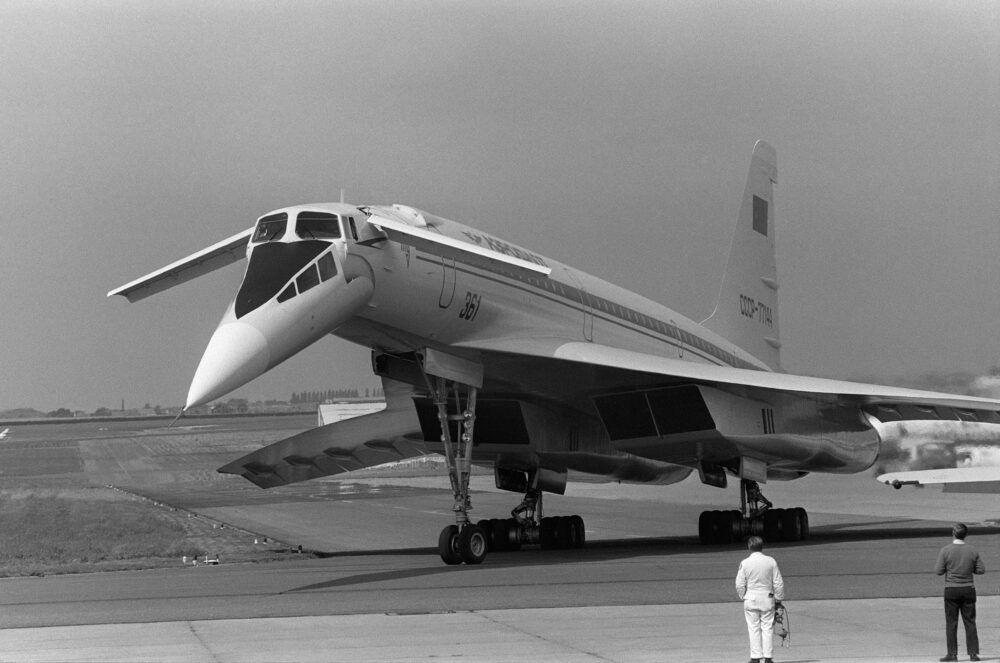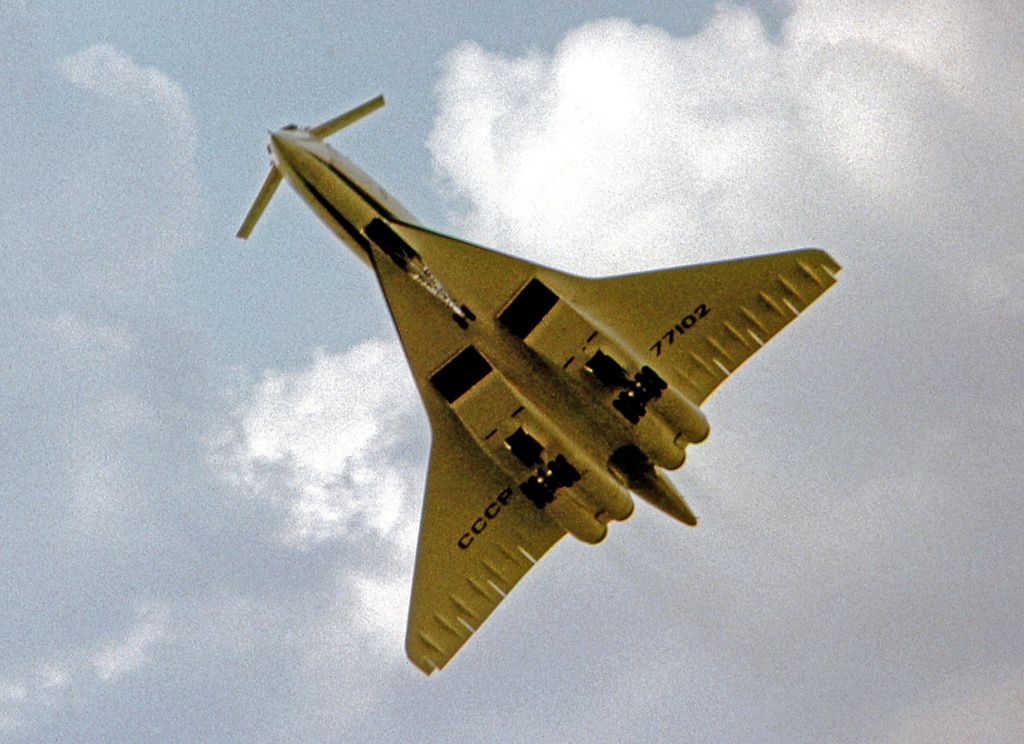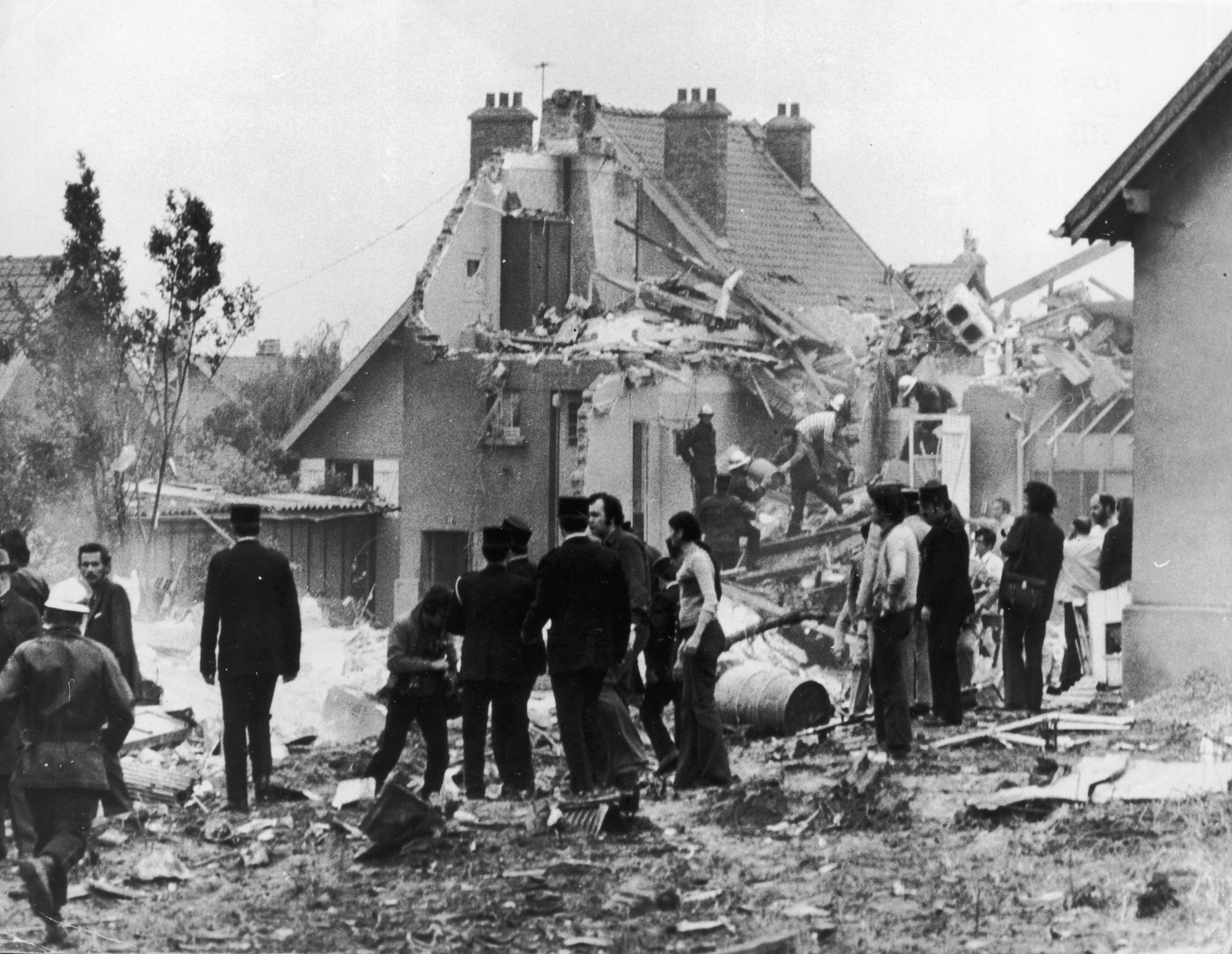Last week marked 49 years since the crash of СССР-77102, the second production example of the supersonic Tupolev Tu-144, at the 1973 Paris Air Show. The crash killed all of the aircraft's occupants, as well as several on the ground, and severely damaged the aircraft's reputation. Let's take a look at how the disaster unfolded.
The aircraft's history up to 1973
By the time the 1973 Paris Air Show rolled around, the Tupolev Tu-144 had been in the skies for more than four years. Indeed, the supersonic Soviet airliner first flew in December 1968, beating its French-British competitor, the Aérospatiale/BAC Concorde, by more than three months. It also reached several other milestones first.
For example, it went supersonic for the first time in June 1969, four months ahead of Concorde. Then, in May 1970, the Tu-144 became the first commercial jet ever to reach a speed of Mach 2. However, despite these early successes, the Tupolev's entry into service was still a long way off, and several years further down the line.
As such, in 1973, the Tu-144 was still undergoing testing. Despite this, with its entry into service on the horizon, Tupolev had begun building production examples of the type, known as the Tu-144S. The second bore the registration СССР-77102 and had first flown in March 1972. Just over a year later, it made its final flight in Paris.
Stay informed: Sign up for our daily and weekly aviation news digests.
Disaster in Paris
The crash of СССР-77102 occurred on Sunday, June 3rd, 1973, when there were around 250,000 people in attendance at the airshow. Time noted that, earlier in the day, Concorde had performed a demonstration of its own, with Mikhail Koslov, the Tu-144's test pilot, keen to outperform the French-British aircraft. He reportedly stated: "Just wait until you see us fly, then you'll see something."
However, this competitive desire ultimately resulted in the aircraft being pushed too far. It made a steep climb with its engines at full power, but subsequently entered a stall. This caused the Tu-144 to flatten out before entering a steep dive, from which its pilots were sadly unable to regain full control of the aircraft.
In their attempts to recover the situation, the crew tried to pull out of the dive, while applying full engine power once again. However, the sheer stress that this induced caused the supersonic jet to break apart in mid-air, at an altitude of around 2,000 feet. Its left wing was the first component to fall, quickly followed by the tail.
The airline industry is always full of new developments! What aviation news will you check out next?
Aftermath and theories
The crash killed all six of the aircraft's crew members, as well as eight people on the ground in Goussainville. This was where the jet's remains fell, destroying several houses and injuring another 60 people in the process. The accident damaged the Tu-144's reputation, and it ultimately had a very limited commercial service history compared to the 27-year spell enjoyed by Concorde.
There is a degree of controversy surrounding the crash, as some reports have suggested that the aircraft's maneuvers were evasive in nature. Specifically, it was thought that the Tu-144 might have been attempting to avoid a French Dassault Mirage jet, to stop its features from being photographed. However, an inquiry eventually concluded that the risk of a collision between the two was minimal.
What do you make of this accident? Have you ever attended the Paris Air Show? Let us know your thoughts and experiences in the comments.
Source: Time



